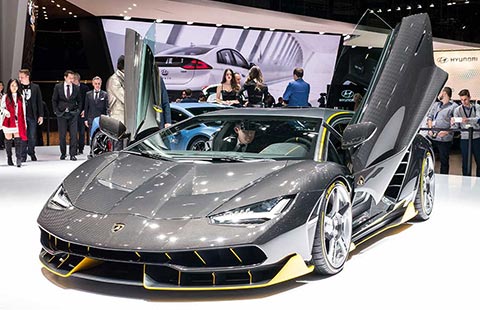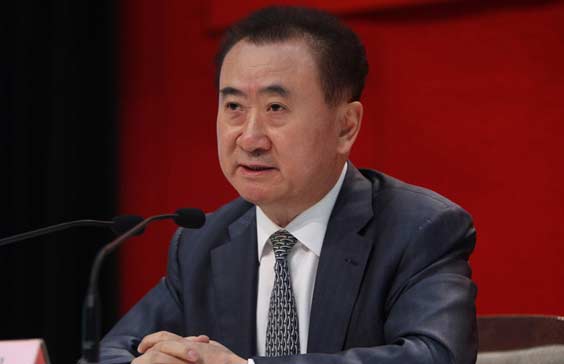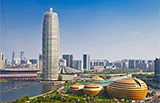Pushing the reset button
By Meng Jing (China Daily) Updated: 2012-09-15 15:32Nevertheless, Zhang Xiaofei, president of Shenzhen-based GaoGong Industry Institute, a leading LED consultancy in China, does not doubt for a second that some of China's LED lighting producers will rise to the top of the global lighting industry.
"Compared with big multinationals, Chinese domestic players are small. Only a dozen of them have annual revenue of more than a billion yuan. But it doesn't mean that they cannot find their position among global LED lighting leaders in the future," Zhang says.
"All the players in LED lighting around the world, big or small, are practically at the same level of achievement. Chinese players are not quite far behind from lighting giants in developed countries. I see no reason why they cannot succeed in their home market."
He cites the success of Japanese LED maker Nichia Corp as an example. Though the global industry is dominated by GE, Philips and Osram - with a combined market share of 60 percent - Nichia, which had little experience in lighting up until recently, has managed to become one of the top three leaders in LED lighting with 29 billion yuan in sales in 2011.
Other leading Chinese LED producers share Zhang's opinion that the cards are not stacked against them. The LED lighting producers all mentioned rolling out plans of increasing production capacity, investing more on research and development and building up retail channels.
The strategy of Beijing-based Tsinghua Tongfang, which has seen sales in its LED lighting products double to 1.4 billion yuan over the past three years, is a typical example.
Liu Tong, the company's manager of semiconductors and lighting, says the company has not only spent 200 million yuan to build an R&D center earlier this year, but it has also started to invest in retail channels and expand production capacity.
"Chinese producers have secured advanced positions in various sectors of LED lighting production. The only weakness we have is in semiconductor chips. However, we've been closing the gap at an increasing speed," says Liu, who added that Tsinghua Tongfang has been investing 6 to 8 percent of its annual sales into R&D.
Wang Peng, sales manager at Bons Optoelectronics Technology, a leading LED lighting module maker based in Southwest China's Sichuan province, says a sizable production capacity is key.
"In this oversupplied and over-fragmented industry - with tens of thousands of small participants - no one can survive the tough market without a sizable production capacity," says Wang, who added that Bons' sales reached 200 million yuan in 2011.
Wang Fei, the Shenzhen-based analyst with LEDinside, says the first phase of consolidation, done over the past two to three years, has already lead to the closure of many small companies, while the new phase of consolidation will bring more small companies together.
A nationwide consolidation of an industry might sound like a force to be reckoned with but the question remains: Will China become a potential threat to the established industry giants in the West?
Sam Wu, vice-president of Osram's Asia Pacific division, can't answer that definitively, but he does note that the company has around 8,000 patents and decades of studies in LED technology and had 5 billion euros in global revenue in 2011.
Philips, on the other hand, sees more in China's rising stars.
At an August news conference for the groundbreaking of Philips' first professional LED lighting solution manufacturing in Chengdu, Leong said he is sure there will be two to three Chinese companies taking their place among the top 10 lighting producers in the world in the next decade.
mengjing@chinadaily.com.cn
- China's coal-producing province to reform electricity pricing
- China to play unifier, innovator role with 'Belt and Road'
- First electricity trading centers open in Beijing and Guangzhou
- Mainland entrepreneurs sparking boom in startups
- Chinese manufacturing hub on front lines of robot revolution
- More pro-growth policies expected for China's economy
- RRR cut boosts property stocks
- Wenzhou whizzes take it easy in realty market
















